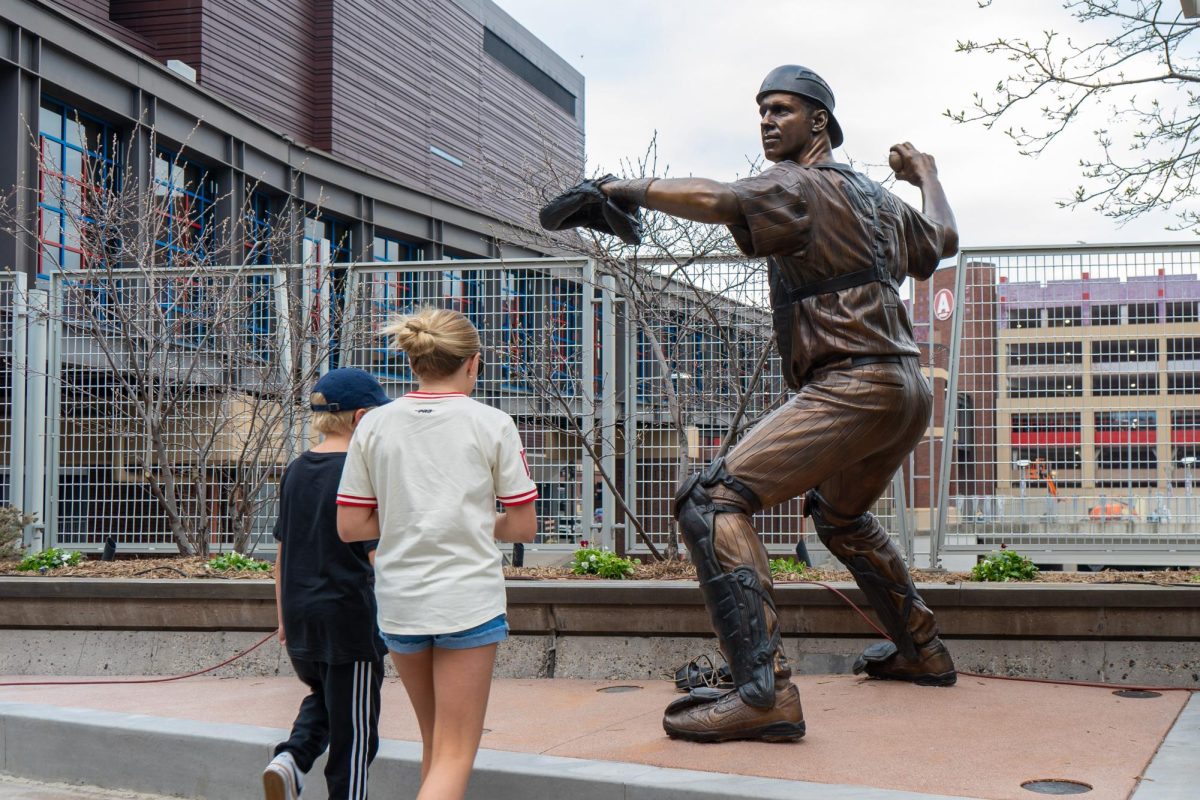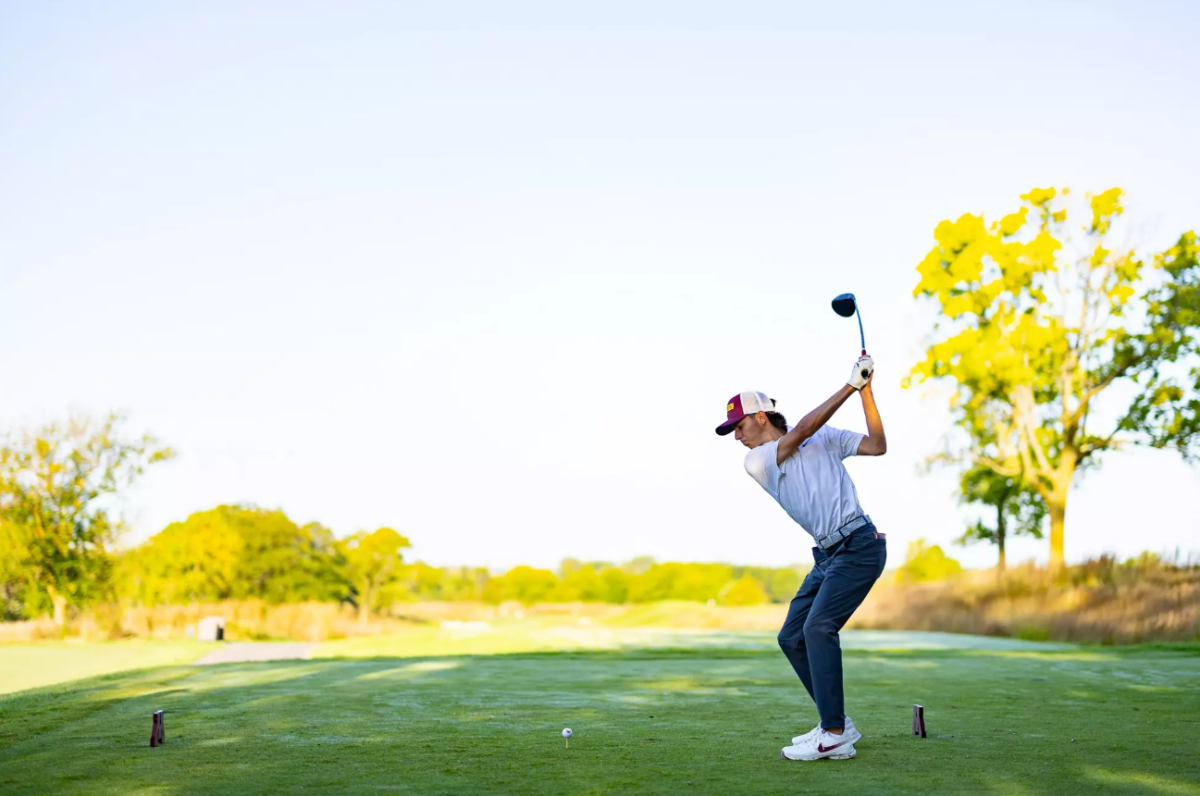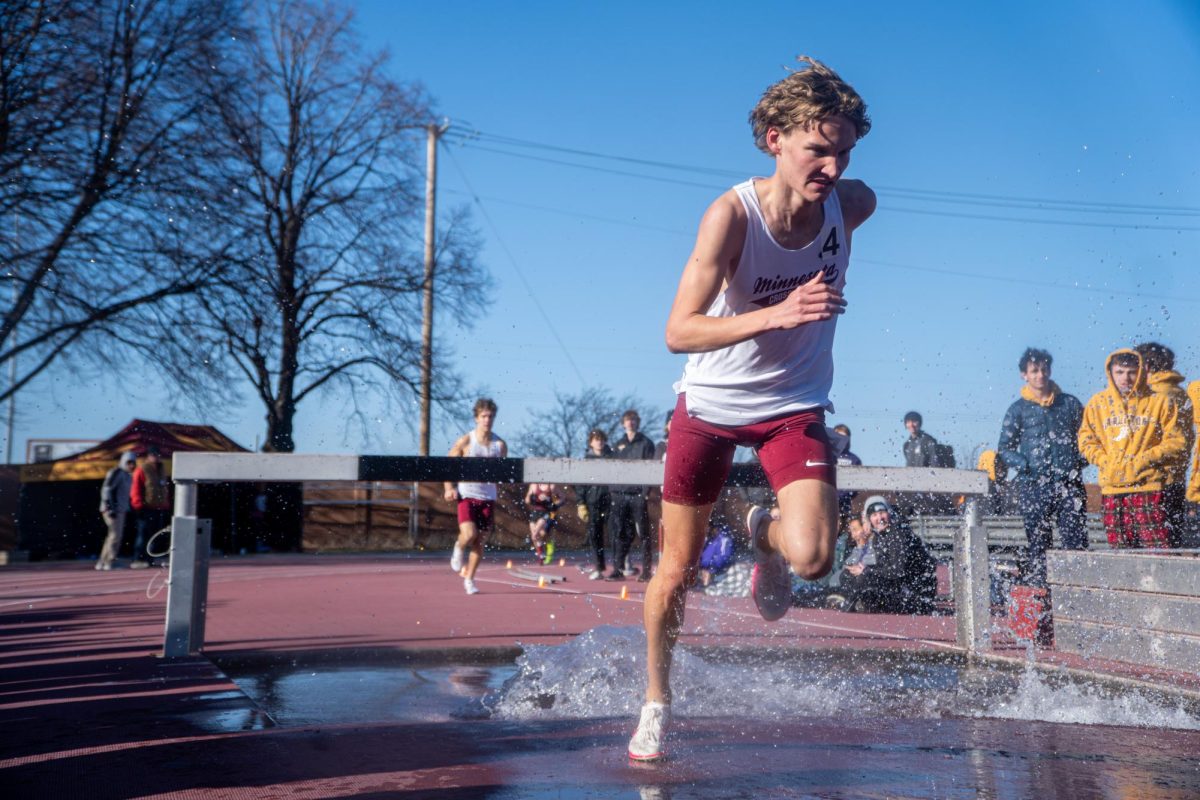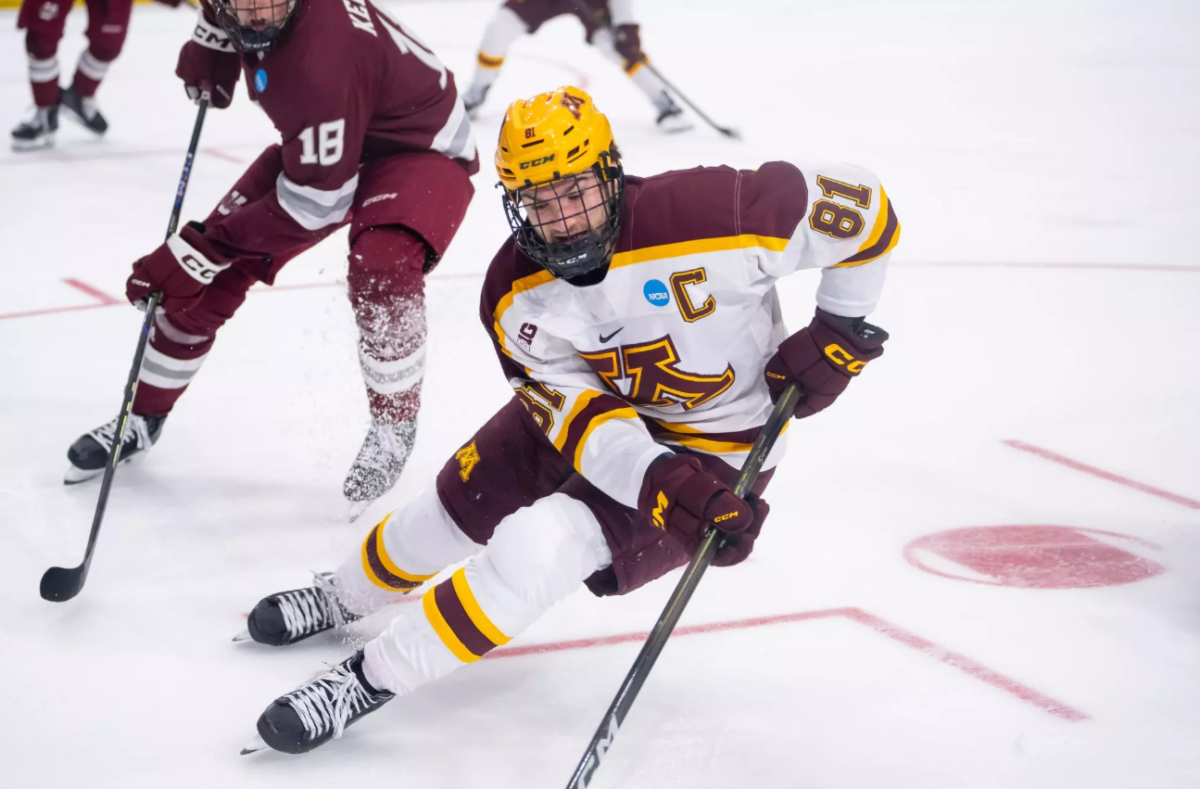Following an 83-68 shellacking by Iowa on Jan. 24, Minnesota’s men’s basketball team knew something needed to change on the defensive end of the court.
The Hawkeyes shot 53.5 percent, shredded the Gophers’ defense to the tune of 27 fouls (41 free-throw attempts) and cruised to victory despite 20 turnovers.
Since then, Gophers coach Dan Monson said the team members have increased their individual accountabilities.
With tonight’s game at Indiana (12-10, 6-5 Big Ten) beginning a crucial five-game stretch before the Big Ten tournament, Minnesota has improved in grasping and executing a team defense strategy.
However, the Gophers are still struggling to shut down opponents. They have allowed the most points and the highest shooting percentage against opponents in Big Ten play.
In addition, the Gophers have allowed the second-highest three-point shooting percentage in the conference.
“We are not as good of a defensive team as we need to be,” Monson said. “I think this team has done a very good job of becoming a team-defensive team. But, it’s got individual matchup limitations.”
Since the Iowa loss – in which Minnesota gave up its highest number of points in a regulation Big Ten game this season – Monson said he thinks no opposing team has dismantled the Gophers, but individual players have hurt them.
For example, Wisconsin’s Devin Harris notched 38 points, Hoosiers guard Bracey Wright tallied 22 and, most recently, Michigan State’s Chris Hill scored 20 points in Saturday’s win over Minnesota (9-14, 1-10).
“We are guarding everybody but we are having trouble guarding individuals who can go make plays,” Monson said. “The problem is we can be right in front of a guy and he can still score.”
This has led to matchup problems; the Gophers don’t have enough depth and quickness on the perimeter.
A large reason is the absence of Moe Hargrow and Wesley Washington.
Hargrow was considered the Gophers best one-on-one defender prior to transferring last month. Washington was expected to bring the team athleticism but was not accepted into school.
While Minnesota alternates between man-to-man and zone defense, depending on the opponent, the trust level among players has dramatically improved since the beginning of the season.
“It’s taken way too long,” center Jeff Hagen said. “If we do make a mistake, we feel someone will be behind us to back it up. It helps because I might want to front a big guy and I feel (forward) Kris (Humphries) is behind me if they lob it over me.”
This has resulted in forcing more turnovers and not allowing as many second-chance points.
Another reason for optimism is the Gophers’ improved offense. Against the Spartans on Saturday, they shot 60 percent in the first half and led by eight points.
In making a higher percentage of its shots, Minnesota limited Michigan State’s fast-break opportunities and forced more set plays.
“If all five players respond on the offensive end, they are going to be more likely to respond on the defensive end,” sophomore Stan Gaines said. “And vice versa. It shouldn’t be like that, but that is how it is.”
Defense affects lineup
The Gophers’ defense dictates its starting lineup.
In the last two games, Minnesota has started with the bigger lineup of Hagen at center, forwards Gaines and Humphries, and guards Aaron Robinson and Ben Johnson.
But after falling behind 7-0 early against Michigan State, Monson wasn’t clear who would start against Indiana tonight at Assembly Hall.
Monson said he has two options when making a lineup.
“We start that group with the responsibility that they will start strong,” Monson said. “The thing is: Do we want to start good on the offensive
end or the defensive end? And it will probably be two different lineups.”







